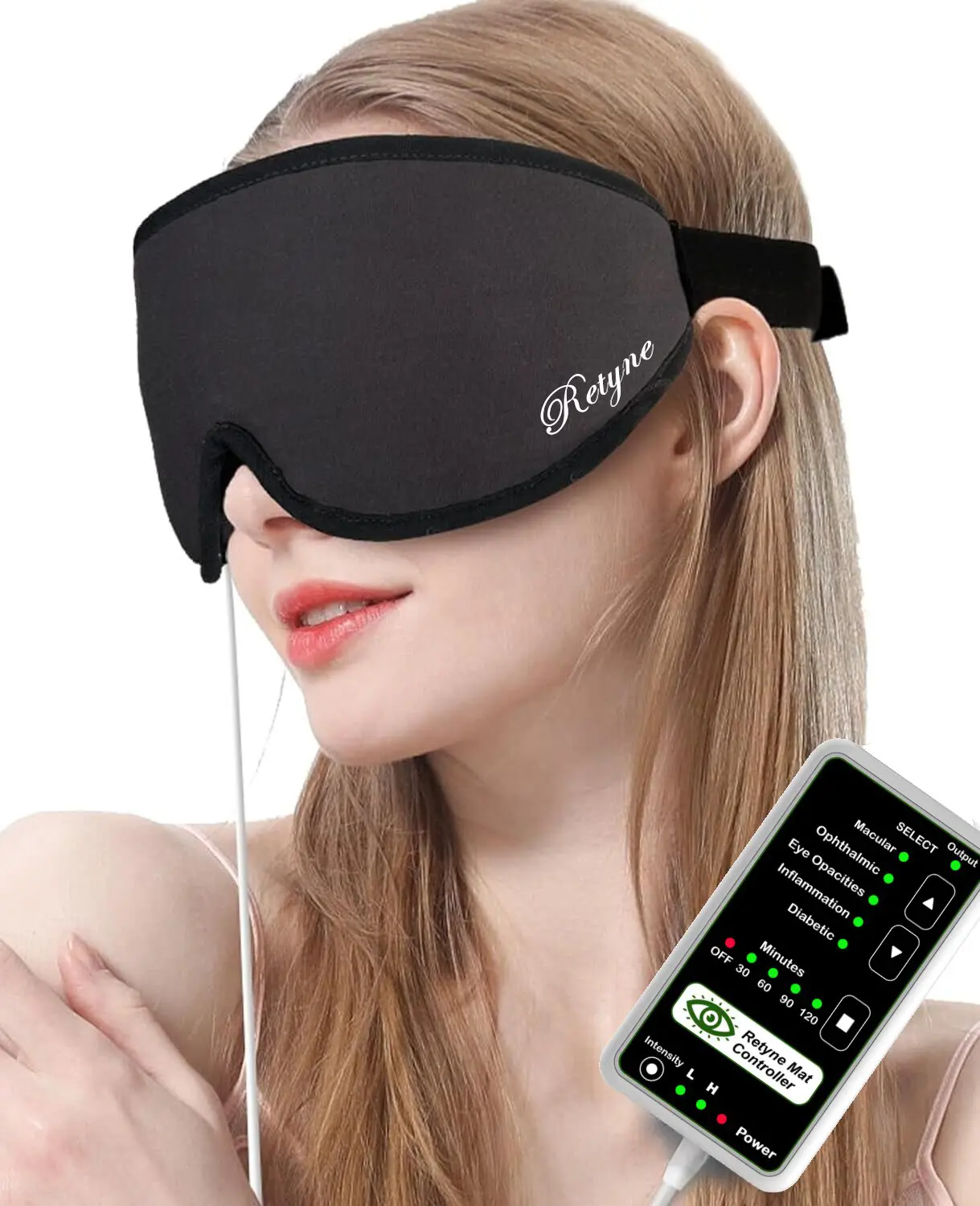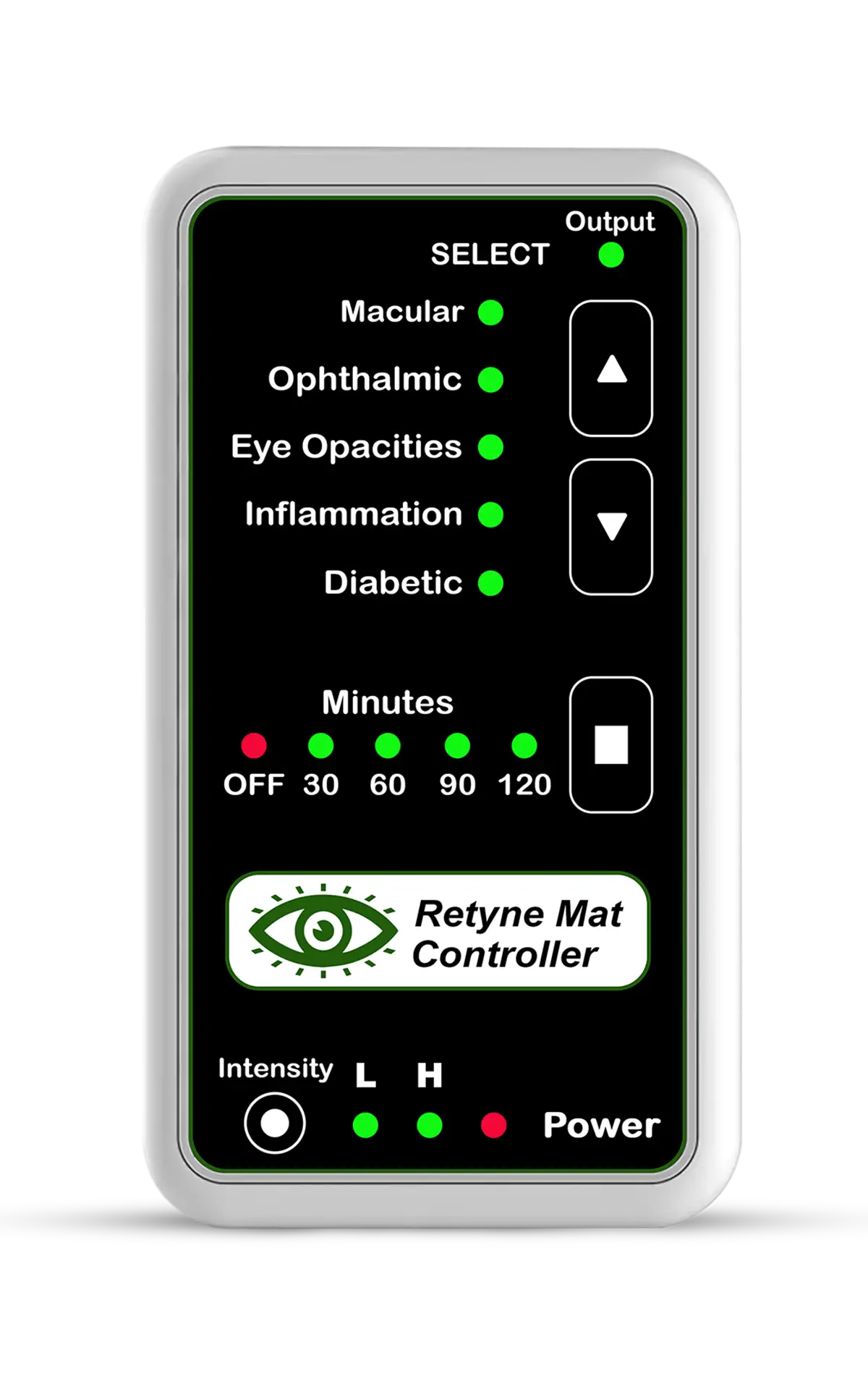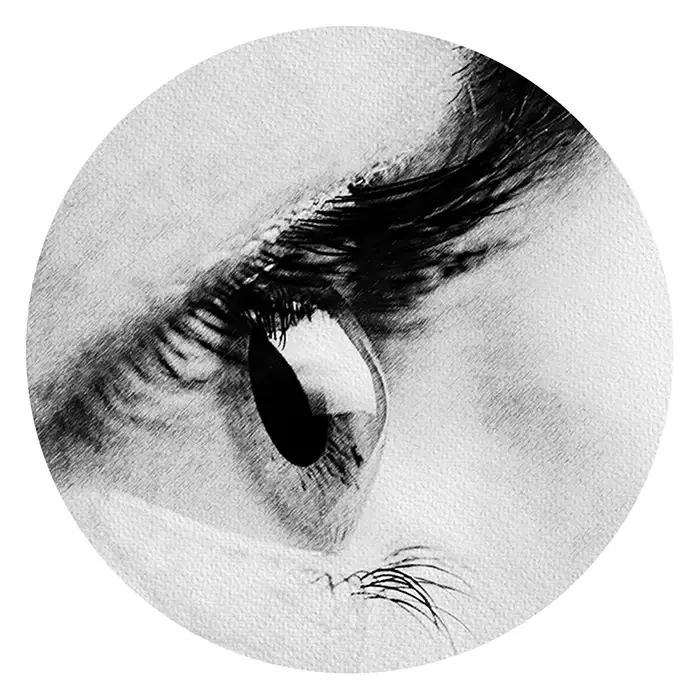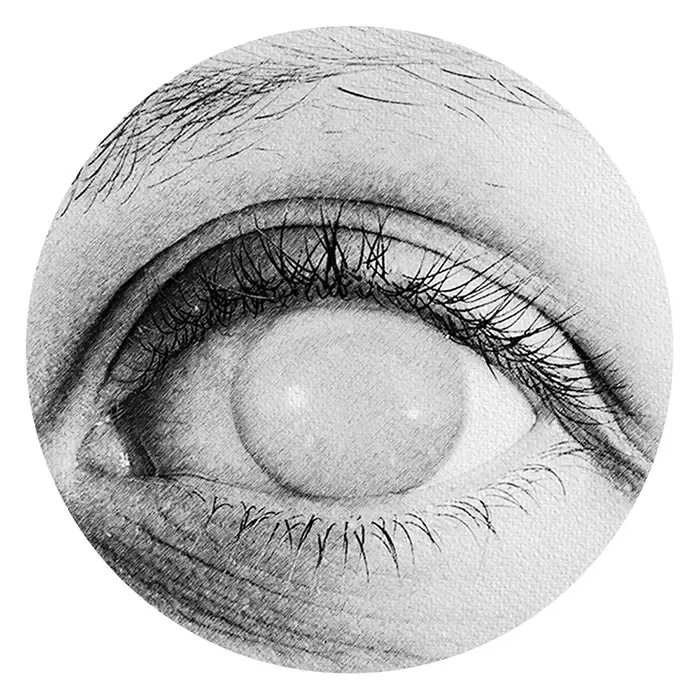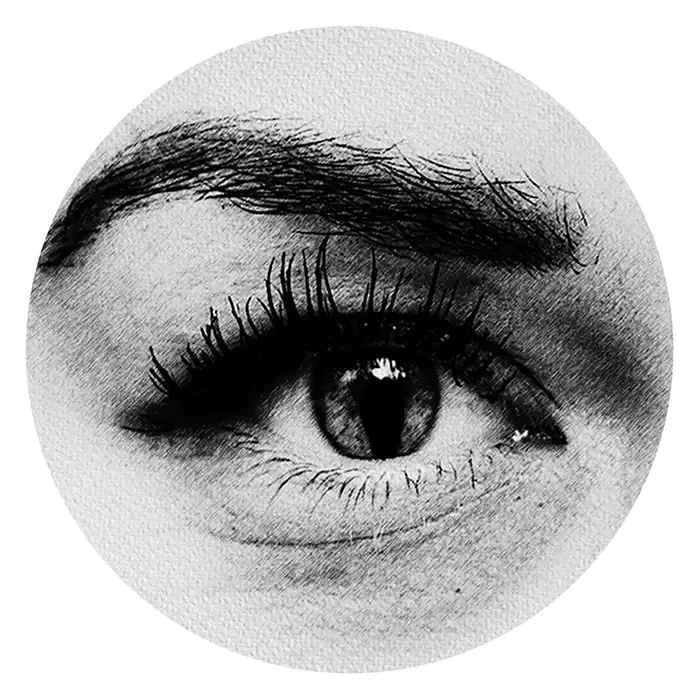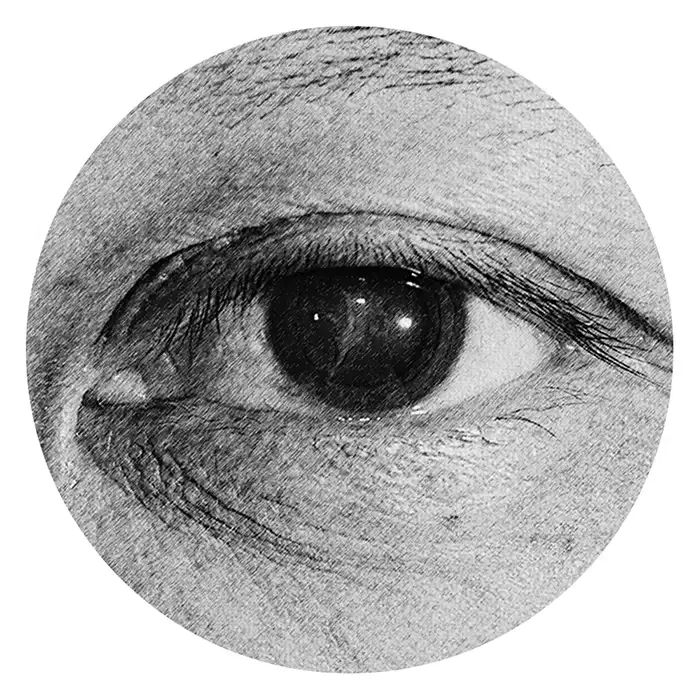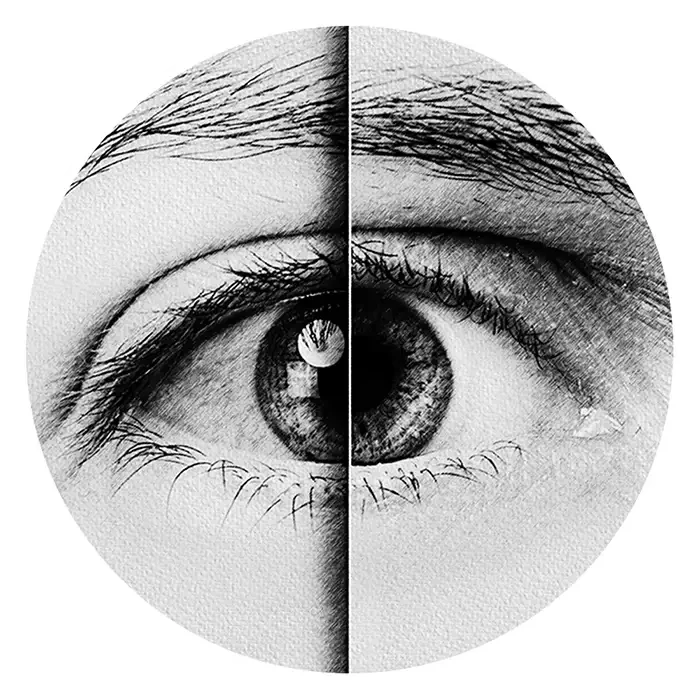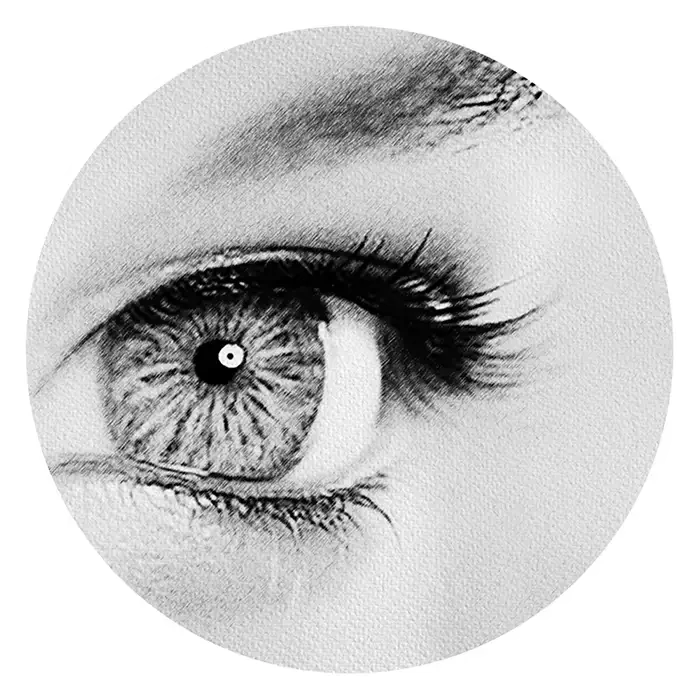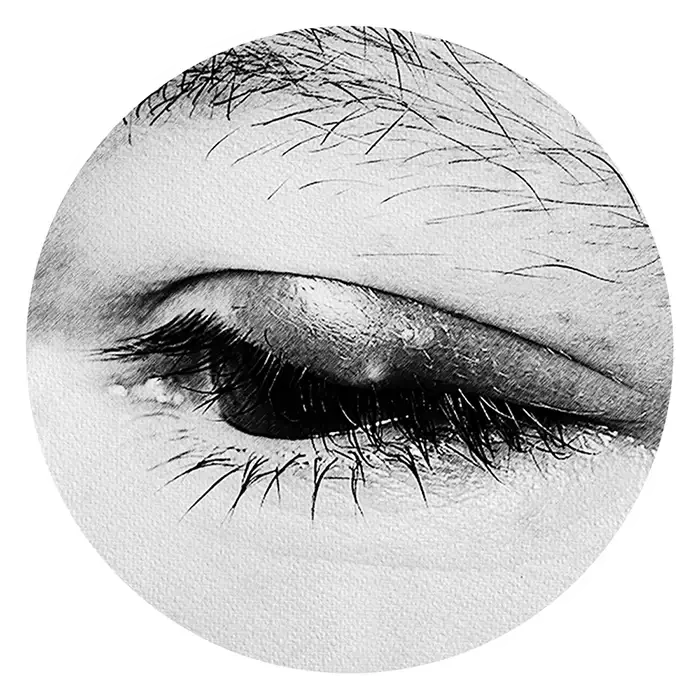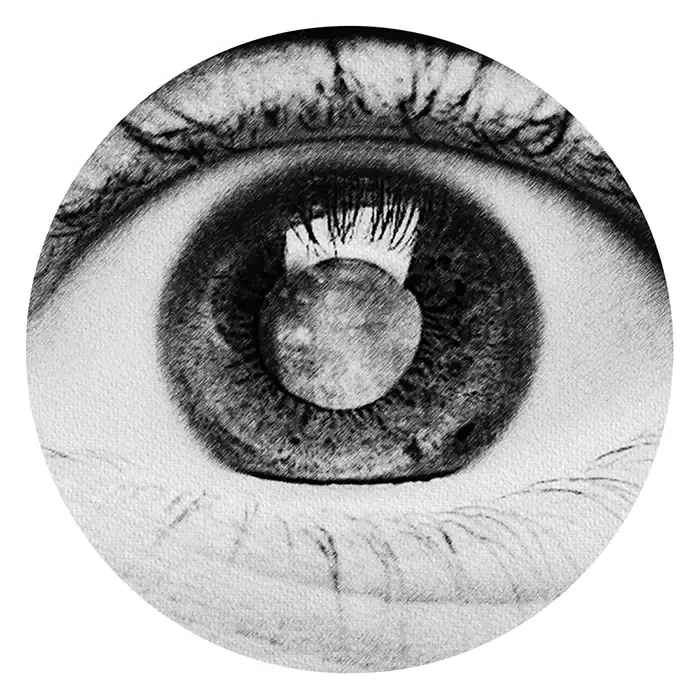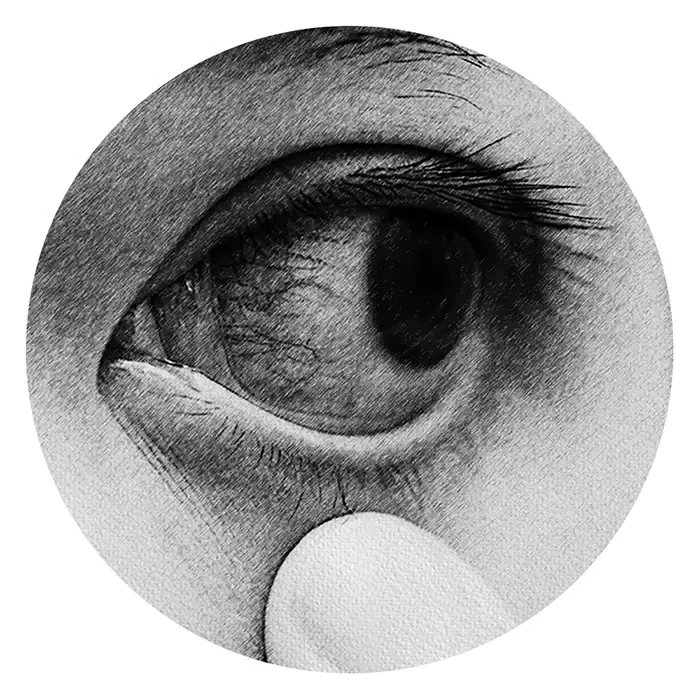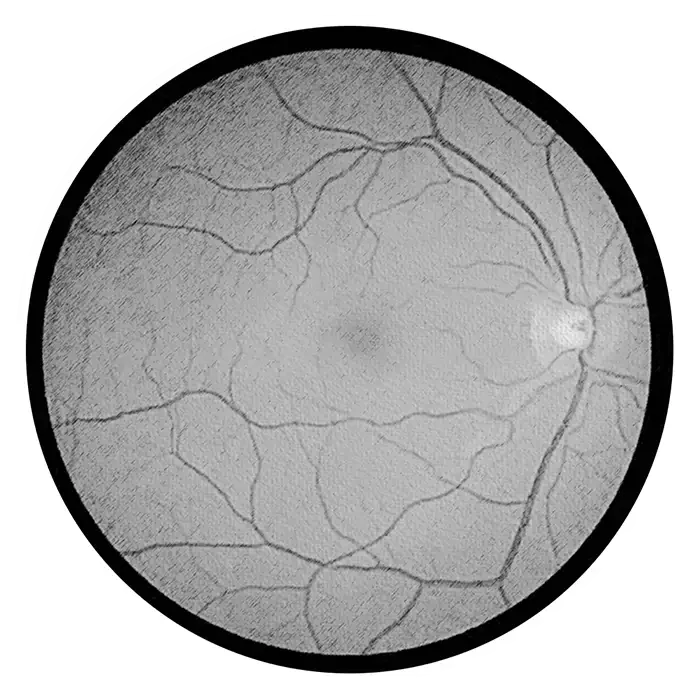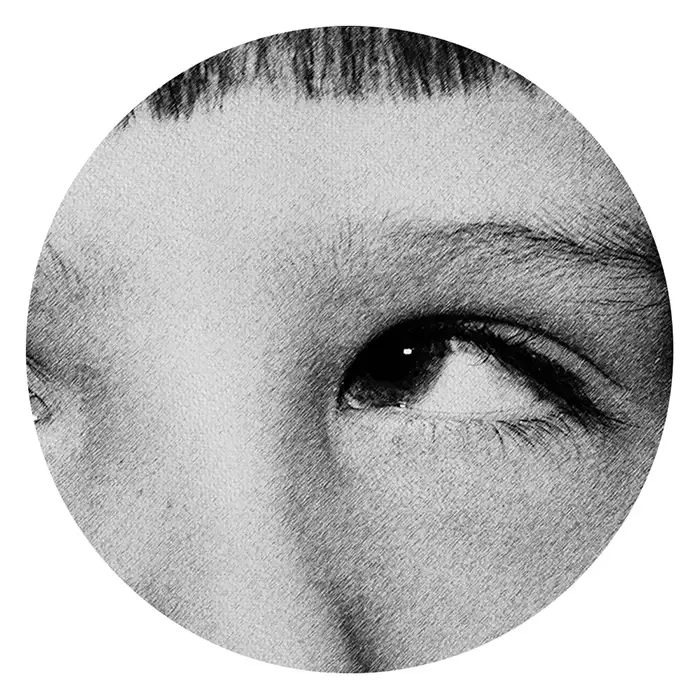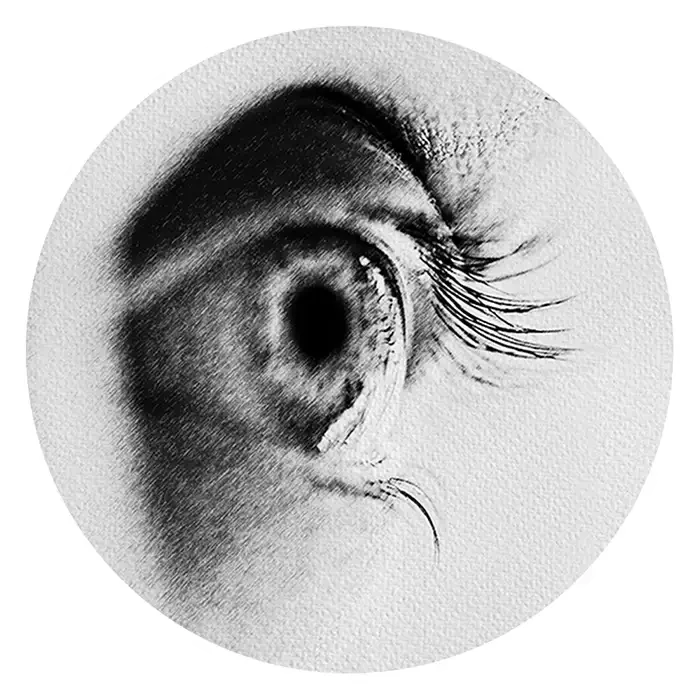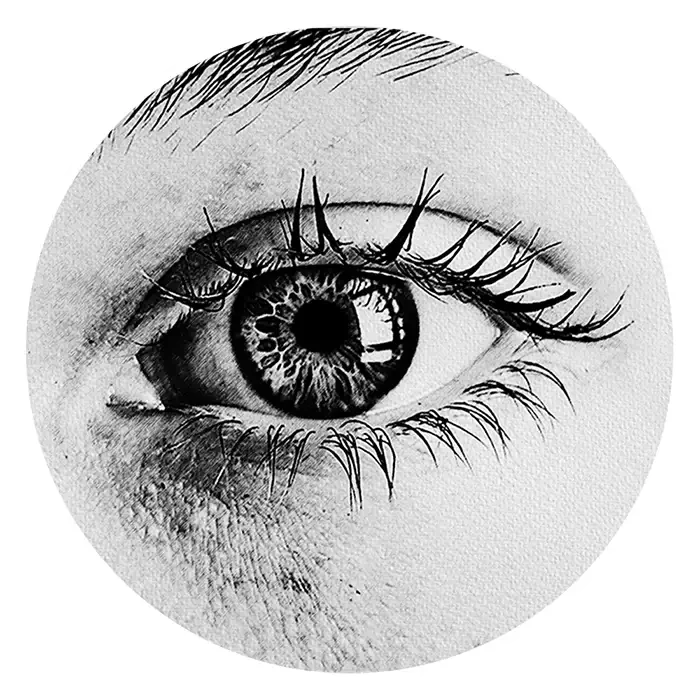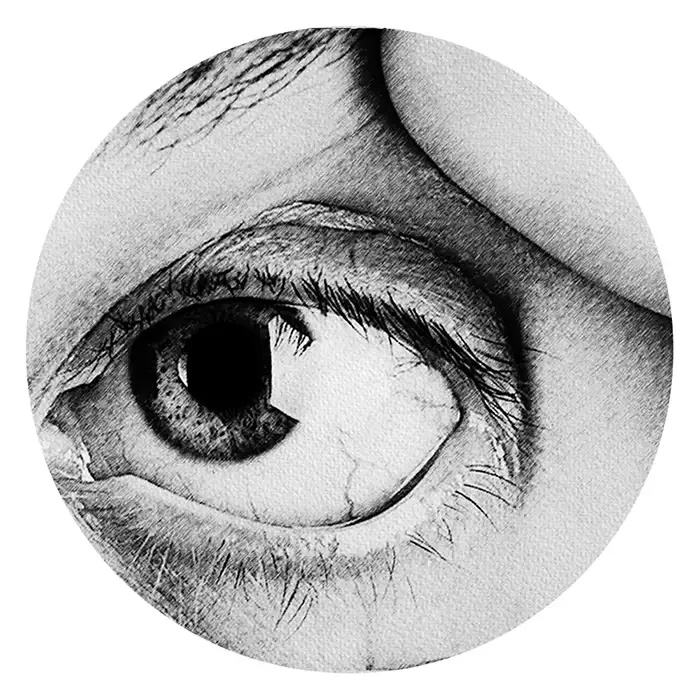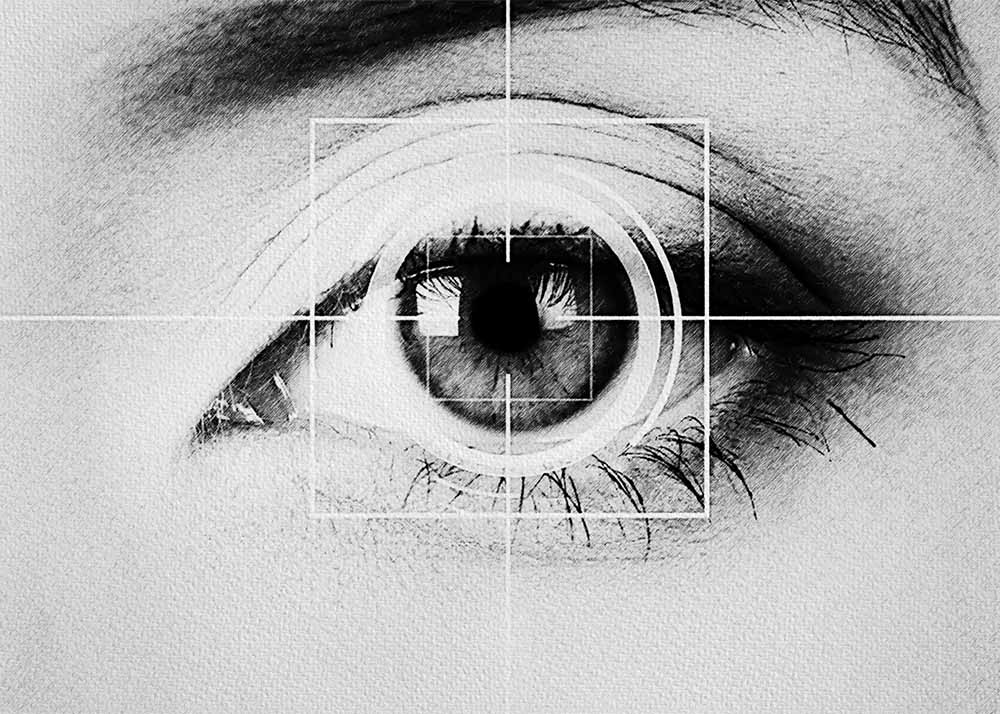
Treating Scotoma with Infrared Therapy for Visual Enhancement
Scotoma refers to a visual field defect characterized by an area of reduced or absent vision surrounded by normal vision. There are various types of scotomas, classified based on their location and cause. Central scotomas occur in the central visual field and may be associated with conditions affecting the macula, such as age-related macular degeneration (AMD) or macular dystrophies. Peripheral scotomas affect the outer areas of the visual field and can be caused by conditions like glaucoma or retinitis pigmentosa.
Diagnosing scotomas involves a comprehensive eye examination, including visual field testing, which maps out the extent and location of any visual field defects. Additional imaging studies such as optical coherence tomography (OCT) or fundus photography may be performed to assess the health of the retina and macula, particularly in cases where macular degeneration is suspected as the underlying cause of central scotomas.
Scotomas associated with macular degeneration often result from damage to the macula, the central part of the retina responsible for sharp, detailed vision. In AMD, for example, central scotomas may develop due to the formation of drusen or the growth of abnormal blood vessels beneath the macula, leading to structural changes and vision loss. As such, managing scotomas in the context of macular degeneration involves addressing the underlying disease process and potentially utilizing therapies to optimize remaining vision.
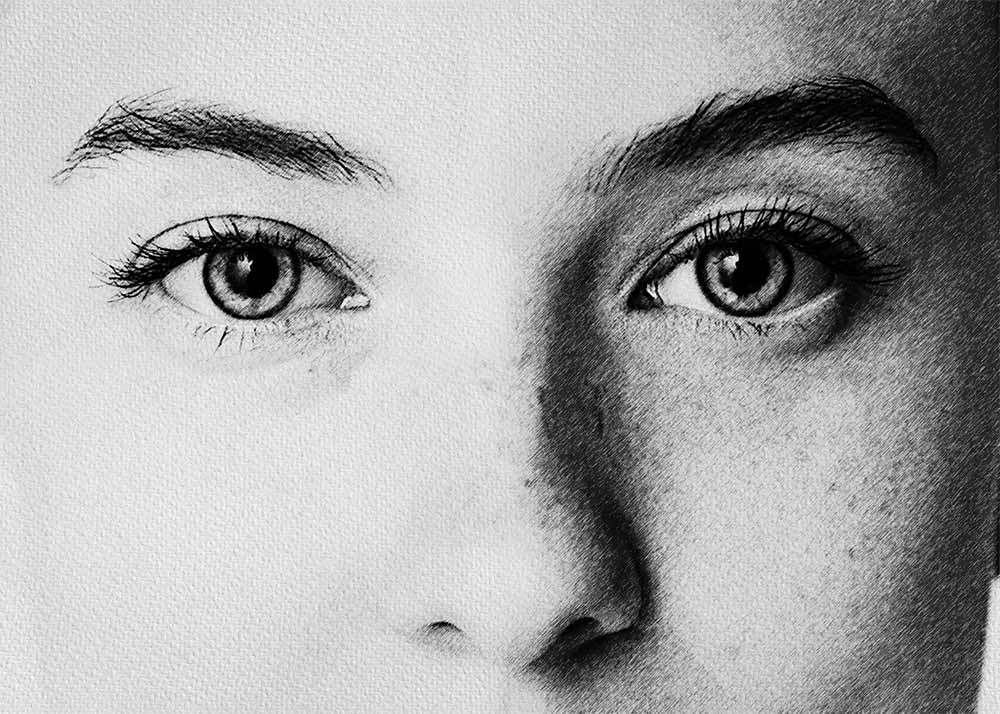
The Retyne Infrared Eye treatment mask offers a promising approach to managing scotomas, particularly those associated with macular degeneration. Program #1 on the Retyne controller delivers targeted infrared light therapy directly onto the eyes, stimulating cellular repair mechanisms, reducing inflammation, and promoting circulation in the retina and macula. While infrared therapy cannot reverse the structural changes associated with macular degeneration, it may help improve visual function and potentially slow disease progression.
In addition to its direct effects on retinal health, infrared therapy may also have indirect benefits for scotoma management. By reducing inflammation and promoting tissue repair, infrared light therapy may help alleviate symptoms such as blurred or distorted vision associated with scotomas. Moreover, improving retinal health and circulation may enhance the efficacy of other treatments aimed at managing macular degeneration and associated scotomas.
In summary, scotomas represent a significant visual challenge, particularly when associated with macular degeneration. By leveraging innovative therapies like infrared light therapy delivered through the Retyne system, there is potential for improving visual function and quality of life for individuals living with scotomas. Through targeted treatment and ongoing management, individuals with scotomas can hope to regain some of their lost vision and maintain their independence and well-being.
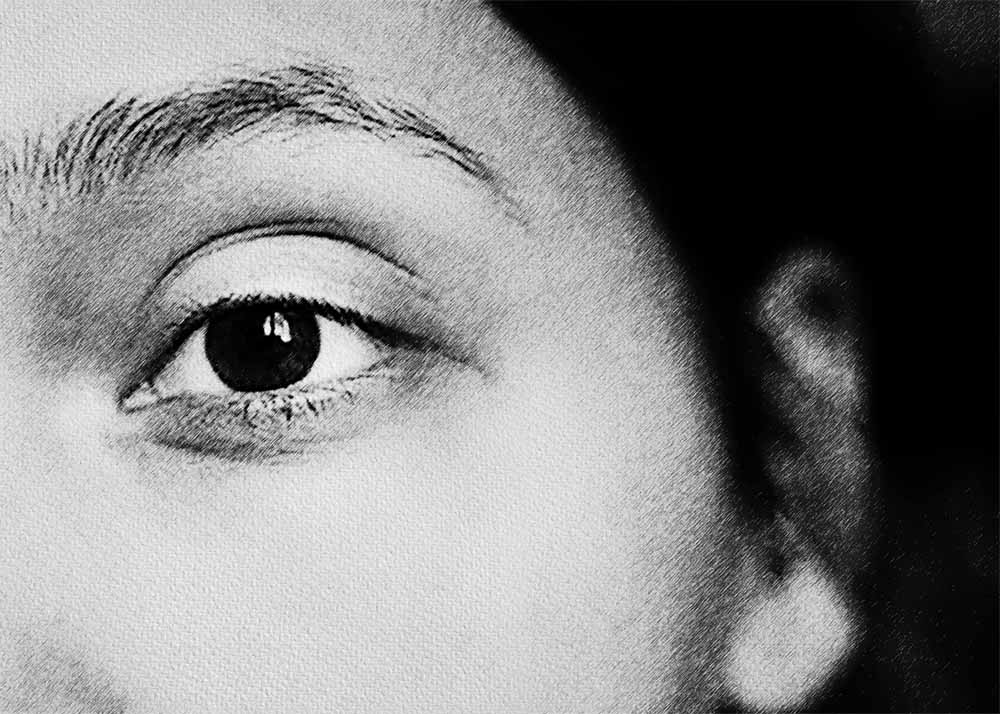
The Retyne eye treatment mask utilizes a general selection of frequencies (0.15, 0.18, 0.8, 5.5, 33.2, 172.3, 471.2, 557.82, 603.44, 921.88) tailored to address the symptoms related to Scotoma . These frequencies have been meticulously chosen for their proven effectiveness in managing and treating this visual condition.
Retyne's approach involves converting each frequency into invisible infrared light output, marking a groundbreaking fusion of frequencies with light—a pioneering technology pioneered by Retyne Labs. Inspired by the groundbreaking work of Dr. Rife, who identified healing properties in specific frequencies and utilized light for their transmission, Retyne's innovative method capitalizes on current research on invisible infrared technology and builds upon past studies on light transmission through frequency sources. The result is the Retyne eye Treatment Mask, a convergence of state-of-the-art advancements in the field of visual care.
Moreover, for those utilizing advanced hardware such as the RDPV4, a secondary set of alternate frequencies for Scotoma: 0.08, 0.24, 0.73, 3.95, 17.51, 125.21, 162.52, 391.02, 415.7, 726.07 is available. The RDPv4 offers an expanded range of frequencies, finely calibrated to provide even greater precision in addressing Scotoma. By incorporating this secondary set of frequencies, the RDPV4 elevates the potential therapeutic benefits of the Retyne eye Treatment Mask, catering to individuals seeking advanced solutions for their visual health needs.
A Scotoma Compatibile group exists at program 2067 on the International ETDFL frequency list
A Scotoma Alternate group exists at program 3084: Scotoma [Eye Disorder]: 0.08, 0.24, 0.73, 3.95, 17.51, 125.21, 162.52, 391.02, 415.7, 726.07
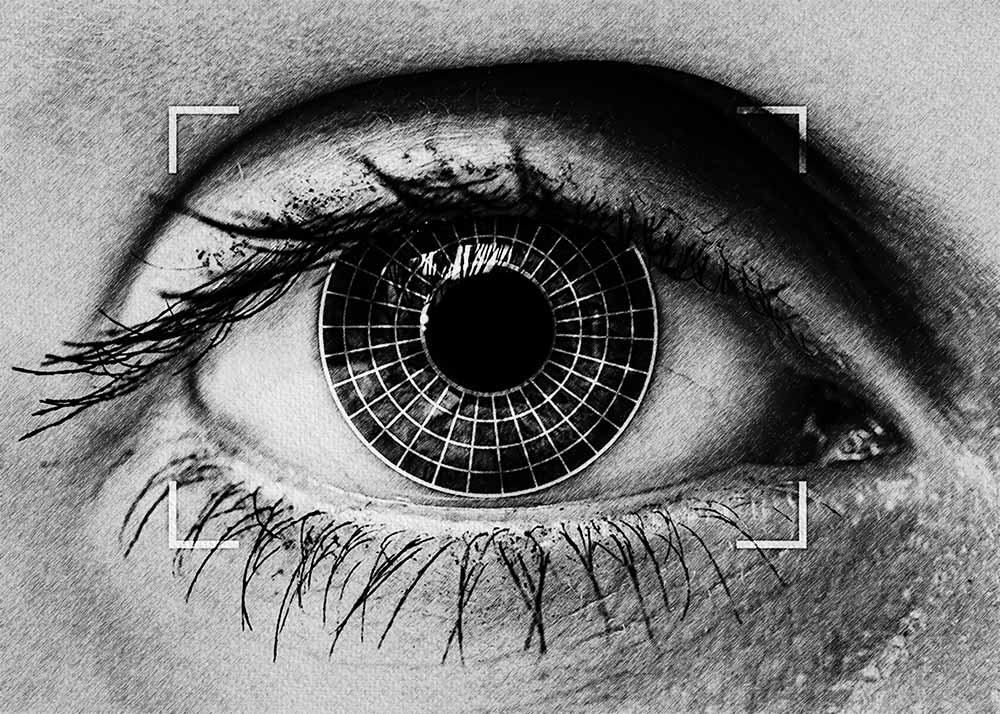
Compatibility
Standalone controller (Program #1) (Controller shipped with Retyne Eye Treatment Mask)
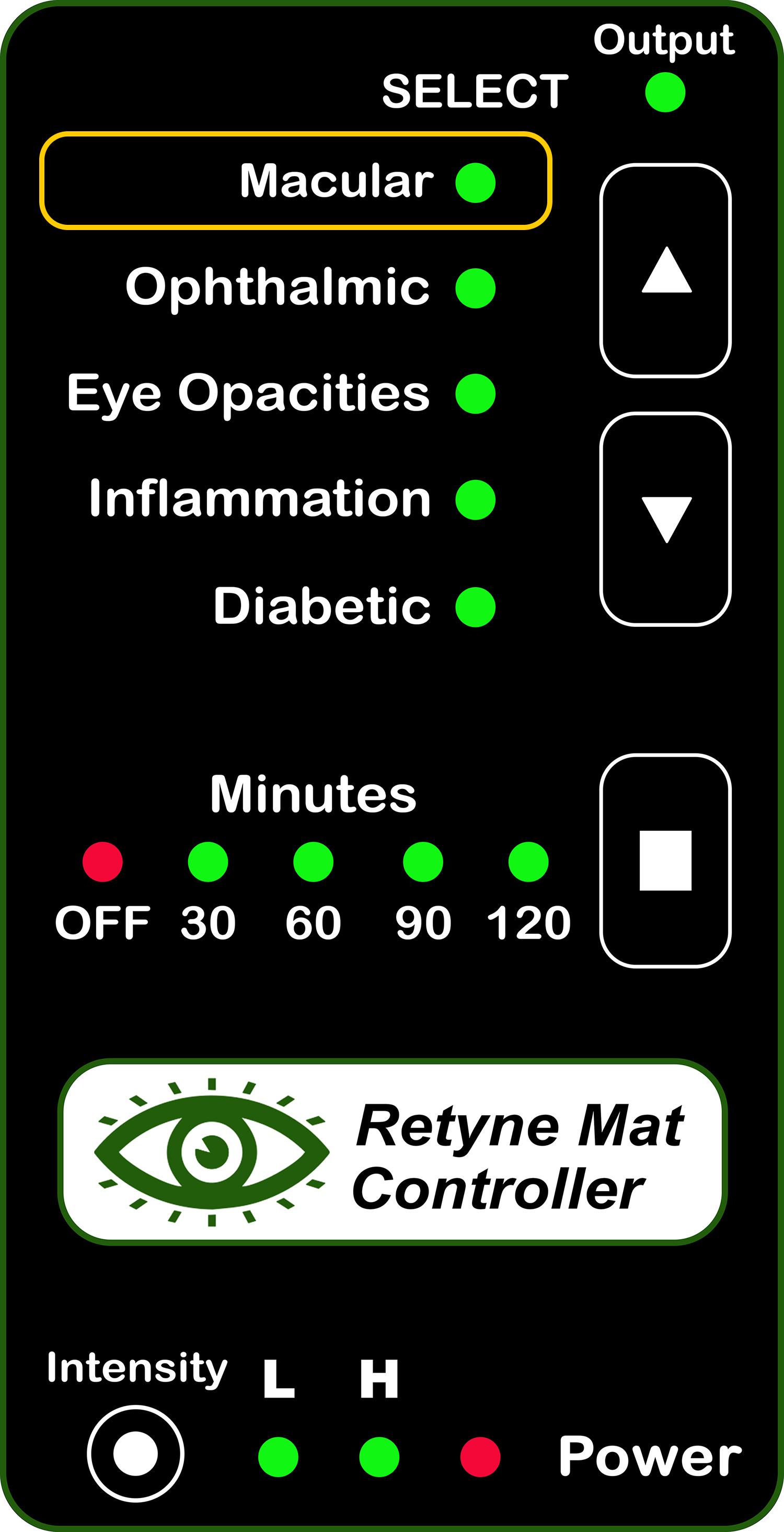
RDPV4 (Direct connect, use group 3084)
RDPV4 Light Mask Program button 1
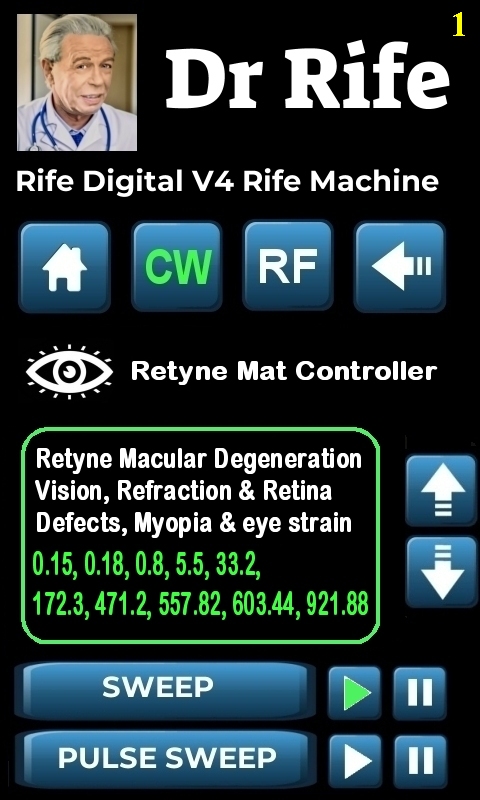
Click here for instructions on using the Retyne Mask + Controller
